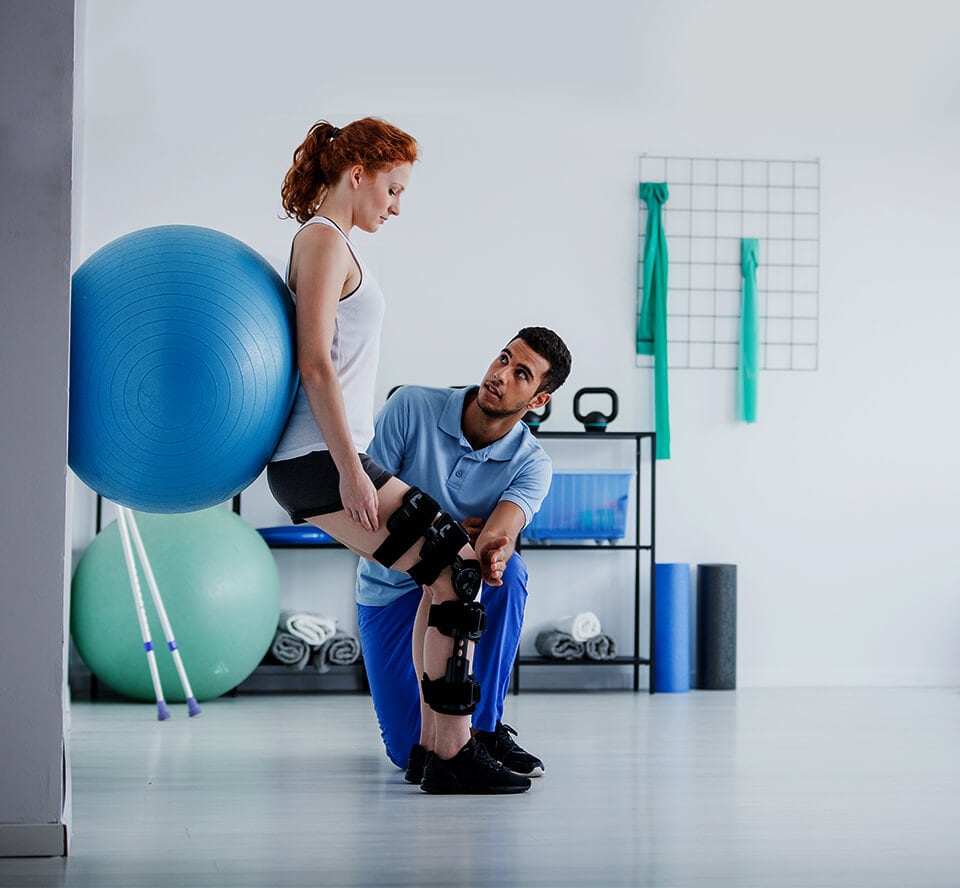Investigating the Impact of Hands-on Therapy Methods on Alleviating Muscle and Joint Discomfort and Enhancing Client Outcomes
Hands-on therapy techniques are manual methods used by medical professionals to address musculoskeletal pain. Such techniques include different types of manipulation and movement of the body’s muscles and articulations. The goal of hands-on therapy is to alleviate pain, improve mobility, and enhance overall performance. Many individuals experience muscle and joint pain due to trauma, suboptimal posture, or disorders like arthritis. By applying hands-on treatment, practitioners aim to tackle these issues and help clients regain their standard of life.One common hands-on treatment method is vertebral adjustment. This technique involves using controlled force to the spine to improve alignment and decrease discomfort. Studies has demonstrated that vertebral adjustment can be beneficial in managing lower back pain and neck pain. Another technique is soft tissue mobilization, which focuses on relieving tension in the muscles and soft tissues. This can help reduce stiffness and improve flexibility, making it easier for clients to move without discomfort. Both techniques can be tailored to meet the specific needs of each client, ensuring a custom approach to treatment.
In addition to pain relief, manual treatment can improve client results in multiple aspects. For instance, it can improve circulation, which helps supply nutrients and essential elements to the injured regions of the system. Improved circulation can also promote healing and reduce inflammation. Furthermore, manual therapy can help patients gain better physical consciousness, which is essential for preventing future trauma. By comprehending how their bodies move, patients can make more knowledgeable decisions about their movements and alignment, leading to sustained advantages.
The effectiveness of manual therapy is often backed by patient responses. Numerous patients report significant improvements in their discomfort levels and overall function after receiving care. This favorable response can lead to increased motivation for patients to participate in rehabilitative exercise and rehabilitation exercises. When clients feel improved, they are pain management for postural issues more likely to participate in their recovery journey, which can further enhance their outcomes. This cooperative method between the therapist and the client is essential for attaining lasting results.
In summary, hands-on treatment methods play a vital role in alleviating musculoskeletal discomfort and enhancing patient results. By using methods such as vertebral adjustment and soft connective tissue manipulation, medical professionals can help patients regain mobility and reduce discomfort. The benefits of manual therapy extend further than instant discomfort relief, as it also promotes recovery and motivates patients to take an proactive role in their rehabilitation. As an increasing number of individuals seek effective therapies for muscle and joint concerns, manual therapy remains to be an important option in the field of healthcare.
